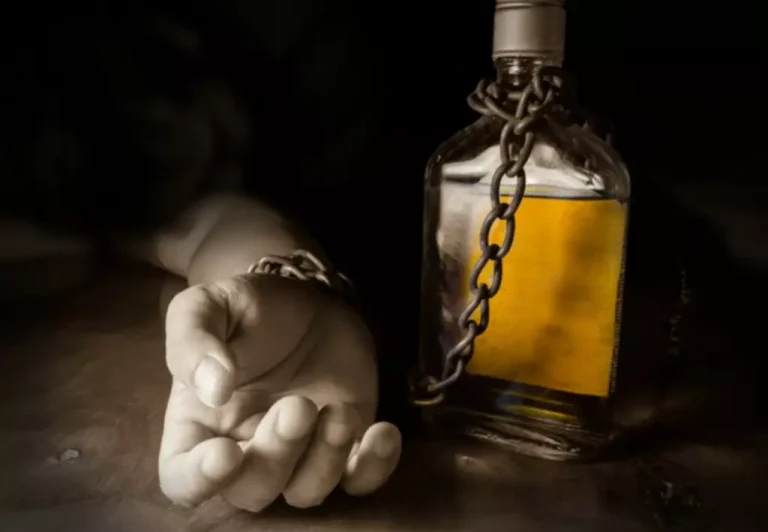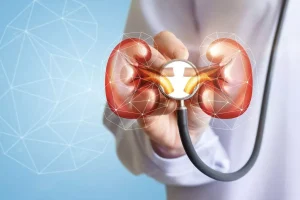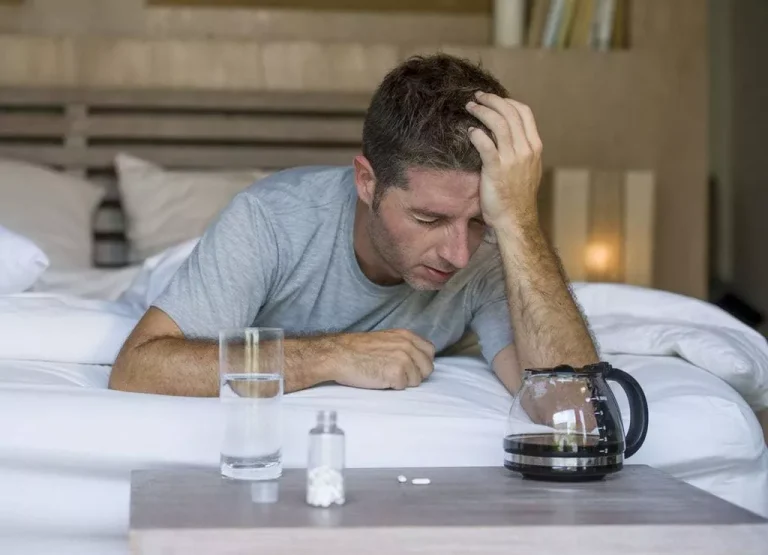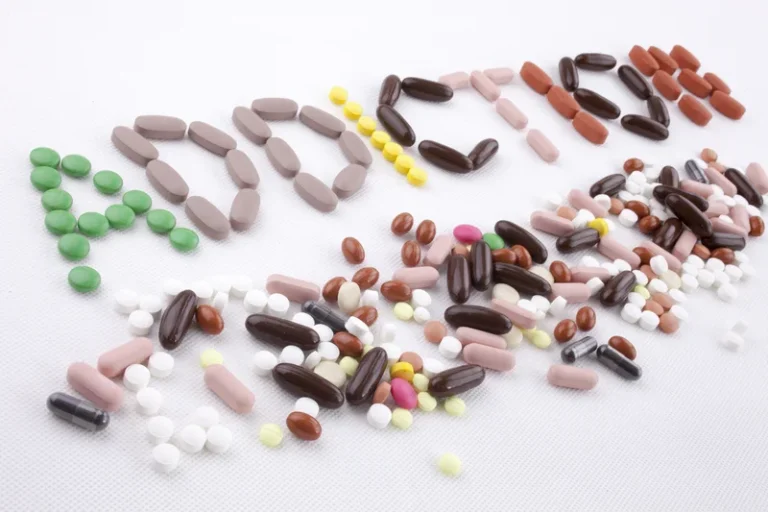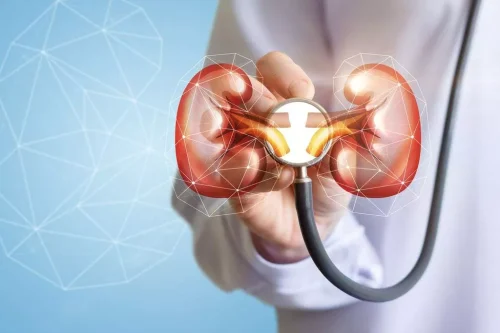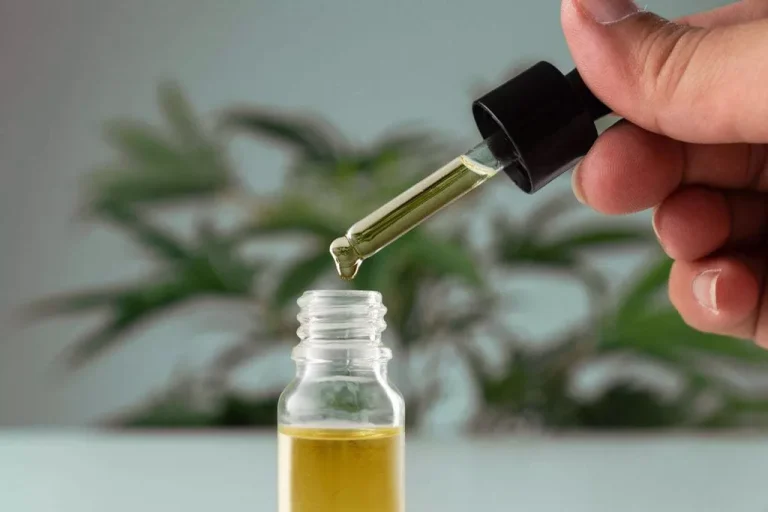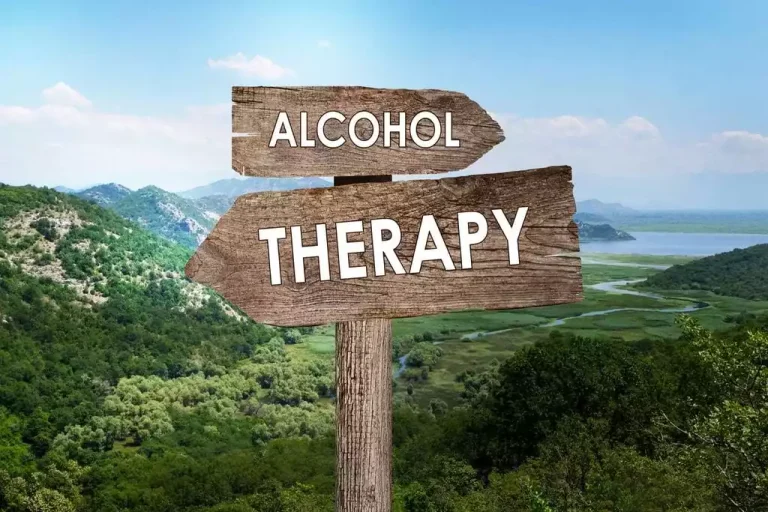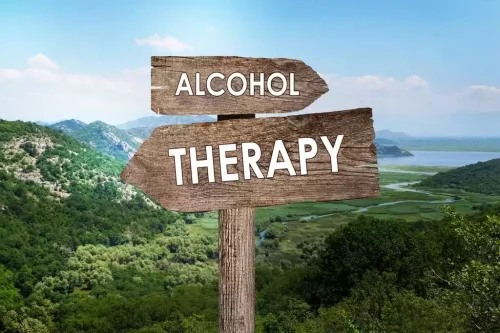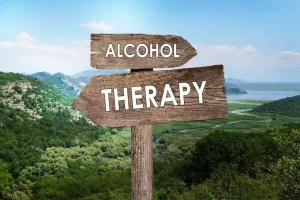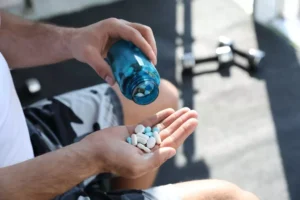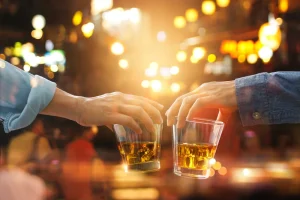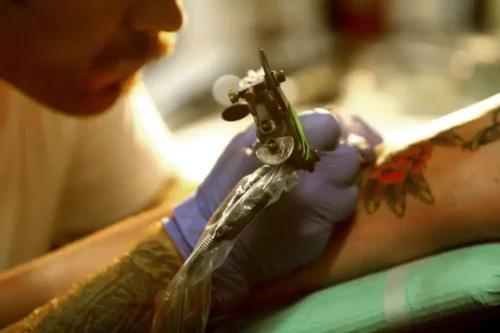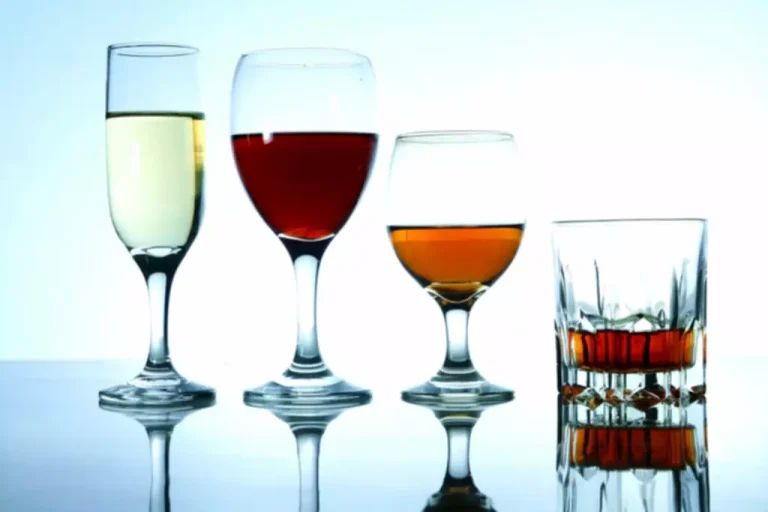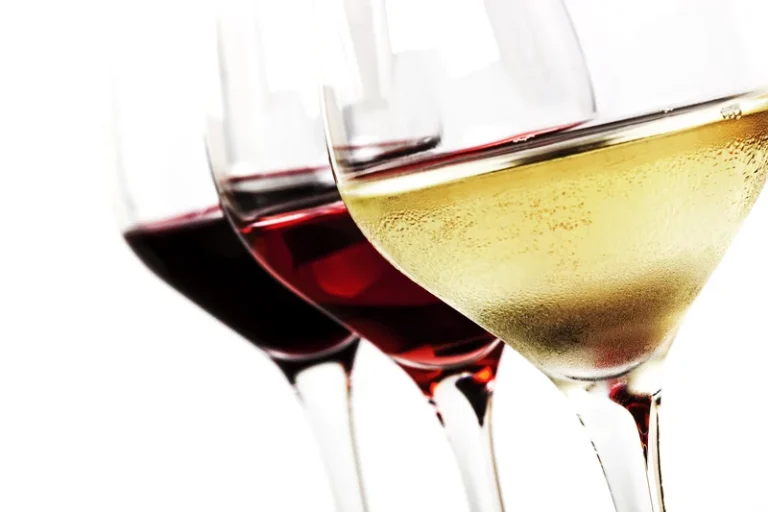
Emblematic of the 12-step program to quit drinking, it’s a potent symbol of recovery. It looks stylish and also ensures that you always remember God, and this is regardless of whether you are a secularist or Christian. It may also be beneficial to try and find an artist that has previous experience working with pieces dedicated to addiction recovery and sobriety. Sobriety tattoos for someone recovering from drug abuse may have more artistic elements to them than those used by someone recovering from alcohol addiction.
- From 2 percent recovery tattoos to narcotics anonymous symbol tattoos, choose designs that hold deep significance for your recovery journey.
- Beyond being one of the more broad recovery symbols, it also is one of the more subtle.
- Perfect for anyone on the journey of recovery looking for recovery tattoos that resonate with personal growth and resilience.
- For many recovering individuals, the flower’s physical behavior can have deep spiritual meaning.
- Get inked with a sobriety tattoo if you are someone struggling with addiction or wanting to support someone with addiction issues.
One Day at a Time: Symbolizing small steps

The decision to get a sobriety tattoo often comes after careful consideration, reflecting a moment of victory and personal growth. Perfect for someone looking for meaningful recovery tattoo ideas that express their dedication to stay afloat during tough times. Discover an impactful sobriety tattoo inked on skin, showing words like “FAMILY”, “LOVE”, and “FREEDOM” breaking through, symbolizing strength in recovery.
Are Sobriety Tattoos Suitable for Non-Addiction Journeys?
If you want to keep it simple with your sobriety tattoo, then you can just have a few of the words inked on you. For a sobriety tattoo that is more meaningful, you can get the whole serenity prayer. You know, words have a way of sticking with us, especially when they resonate with our personal journey. For many walking the path of recovery, certain phrases alcoholic tattoos or lines become touchstones, constant reminders of their determination to stay clean.
What is a Good Tattoo for Sobriety?
- It’s not uncommon for people to want a tattoo in the early stages of recovery, but it’s best to make this decision with a clear mind and after a significant amount of sober time.
- For those who prefer subtler designs, small sobriety tattoos, such as the lotus, could be an excellent choice.
- This kind of sobriety tattoo shows you the bad things that await you at the bottom of a glass.
- It may inspire others to seek help, or simply be a way to share one’s recovery story with those who ask about it.
- An example of these tattoos may include the words “booze-free” with a tally-mark underneath them, signifying the number of months, or even years, that a person has been sober.
Explore a wide range of tattoo ideas for addiction recovery, from meaningful sobriety tattoos to unique alcohol rehab recovery tattoos. Find inspiration for your next tattoo that symbolizes overcoming addiction and your path to recovery. Incorporating specific symbols of transformation from one’s recovery or sober living program can further personalize this type of tattoo. Emblems of sober living communities, for example, can serve as a reminder of the environment and support system that provided the foundation for this new chapter. By intertwining these elements into the design, the tattoo becomes a composite symbol of the individual’s journey and the collective strength found within the recovery community.
Understanding the significance of sobriety tattoos
It acts as a permanent reminder of their achievement and the life they’ve chosen. It’s a powerful symbol for those in 12-step programs, reminding them of the principles that guide their recovery. In some cases, this tattoo works as a great reminder of a person’s commitment to living a better life. However, in the event that a person relapses, this sobriety tattoo may instead be a painful reminder of their initial failure to become substance-free.
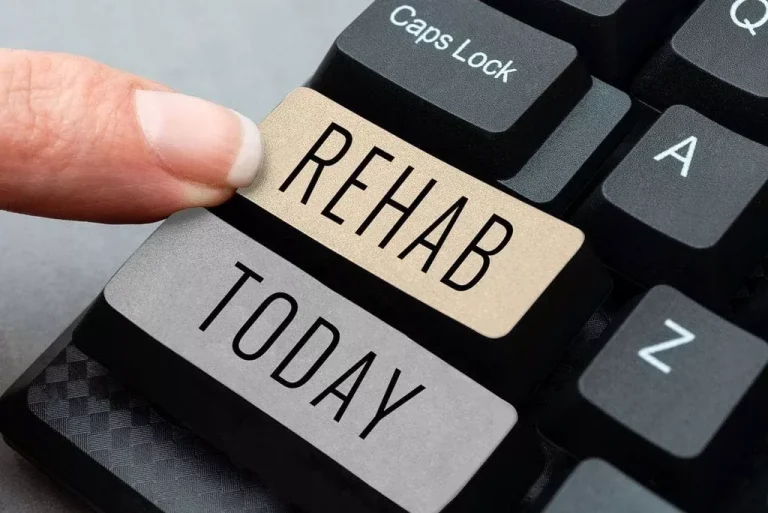
Another popular recovery symbol is that of an equilateral triangle centered within a sphere. This geometric merging of circles and triangles can represent two different things. This symbol is used particularly frequently as a small, discreet, AA recovery tattoo for those in Alcoholics Anonymous or a related 12 step program.
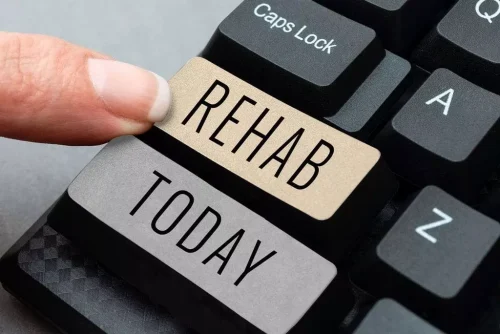
Recovery tattoos do’s and don’ts
Many individuals in sobriety want to show that they have been through a healing journey. Therefore, they are not afraid to show that they have been addicted but are now sober. If you or a loved one is struggling with addiction and are looking for ways to start your recovery process, know that you are not alone, and help IS available. This includes the acronym ODAT, or “One Day At a Time.” These words remind individuals that recovery is not a linear process, and will often include rough patches or set-backs along the way. An example of these tattoos may include the words “booze-free” with a tally-mark underneath them, signifying the number of months, or even years, that a person has been sober.
- From the serenity prayer to specific steps that had a significant impact, elements of this program can be creatively transformed into tattoo art.
- Those in recovery may use short words or simple phrases to convey their thoughts and remind themselves to remain clean and sober.
- The importance of sobriety date ink lies in its ability to commemorate personal achievement and the continuous journey of recovery.
Sobriety Tattoo Design: One Life One Chance, One Step At A Time

They are such beautiful words, even if taken outside the context of addiction and substance abuse. It endorses the idea that sometimes, changing what you can and letting go of what you can’t is the first step towards active sober tattoos change. It signifies the interconnectedness of opposing forces – light and dark, good and bad.
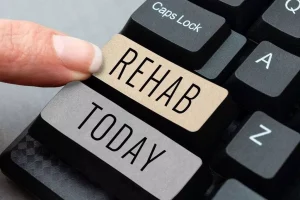
For those who have lost someone to addiction, tattoos can offer a means of remembrance and tribute. These tattoos immortalize the person who lost their battle with addiction and keep their memory alive. Look for an artist experienced at script, cover-ups, or custom symbolic work.
In settings where support and understanding are crucial, such as the RECO Institute, tattoos become more than just body art-they are badges of honor that celebrate progress and resilience. By sharing the significance of their tattoos, individuals can enhance the peer support dynamic, offering encouragement and understanding and strengthening the recovery community. Choosing the right tattoo artist is crucial when marking a milestone as significant as your recovery. It’s essential to find someone who not only possesses the skill to bring your vision to life but understands the weight of what the tattoo represents.
